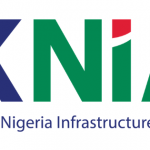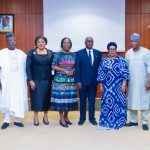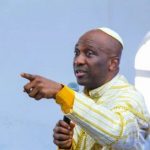Education
What are Significant Figures and How Students Can Calculate Them Easily?

The significant figures are used to find the accuracy of numbers in practical estimation. It is essential to round off a long figure so we can understand the number easily. We are using certain rules to round off a number; the same rules are implemented by the significant figures calculator. Sometimes it becomes difficult to decide which number to consider and which number we need to ignore.
The significant figures are used precisely to find the result correctly. The significant figures are used when we are dealing with very small and large quantities in Mathematics. There are certain rules to follow when you are extracting a significant figure from a figure. We do need to implement the significant figure at the workplace to make our estimation more precise and accurate.
This article discusses the various rules of the significant figure to convert the figure is easy to understand.
Rules of the significant figures:
There are certain significant figures and we need to follow them while doing the calculations. We can use the sig fig calculator to find the significant figure of a number. The rules of the significant figures are as follows:
Rule of non-zero numbers:
We need to consider all the non-zero numbers as significant numbers regardless of their position in the number. We consider them significant, and there is always an impact of these numbers in the estimation. The significant digits calculator is going to apply all the rules of the significant figure. The non-zero number always has an impact on the estimation, whether they are small or large, like 5.32222223 m/sec. To apply the rules of the non-zero on the estimation, enter the values in the significant figures calculator and press calculate.
Rule of Zero numbers:
The Zeros that are coming in between the non-zero numbers are considered to be significant numbers as they have an impact on the final result of the calculations and check the number by the sig fig converter. The zeros coming between the decimal numbers become significant as they are weighted due to their position in the figure, like 5.50005 m/sec
Rule of leading Zero:
The leading Zeroes coming after the non-zero numbers are considered to be insignificant in the estimation as they have no role in the total estimation or calculations. Consider the number 5.5000 m/sec; here, all the leading Zeros are insignificant as they have no impact on the overall estimation.
Rule of trailing Zero:
The trailing Zeros would become significant if it has a decimal after them, and these Zeroes are considered significant in the estimation and have an impact on the estimation. Consider the number 5.0001 m/sec; now, these Zeros would become significant numbers. The rules of the trailing zero can be applied easily by the significant figures calculator.
These rules would be consistent when we are calculating the significant figure in the estimations.
Why do we round off a number?
The significant figures are critical when we are going to find precise and accurate results. It is impossible for us to read a long figure like 3.2543331. We need to round off the figure to understand it more accurately. The significant number calculator makes the estimation easy for us as these tools can be implemented on long figures, and we can handle and extract the result precisely when dealing with significant figures in the workplace.
The number 3.2543331 is accurate but not easy to understand. We round off the figure and make it 3.25 and make it an easy number to understand for ourselves. You can see we can understand the number 3.25 easily, and it is accurate too.
Conclusion:
When we are doing the estimation in the lab, we may be dealing with the smallest figure or dealing with the large numbers. In both cases, we do need the significant figure to make our estimation more precise and easy to understand. The significant figures calculator
make the task much simpler for us. You need to apply the rules on the values to convert the number according to the significant number rule.
Education
FG, States Hail Dangote’s N1trn Scholarship Scheme for 1.3 million Students
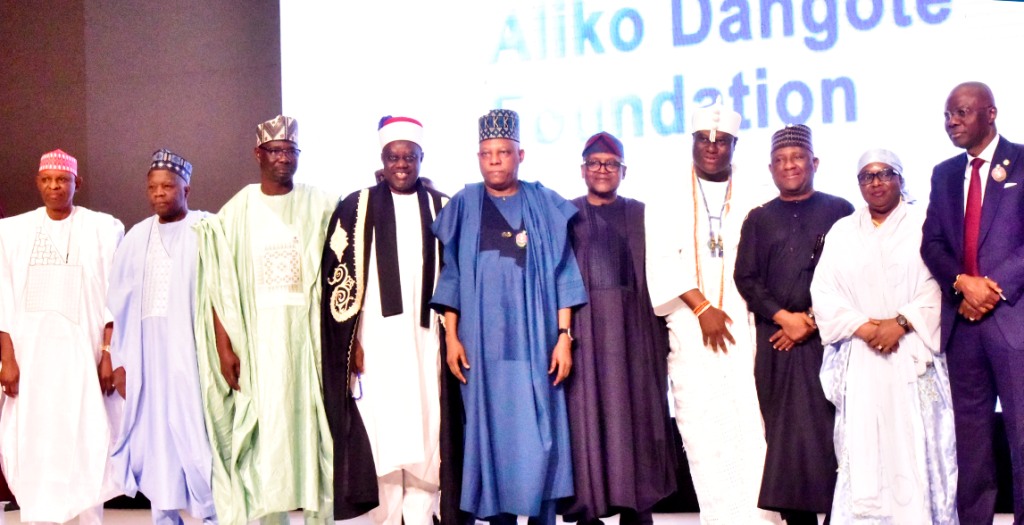
By Modupe Gbadeyanka
The N1 trillion scholarship programme of the Aliko Dangote Foundation (ADF) for about 1.3 million Nigerian students has been applauded by the federal government, the state governments and the others.
The scheme was designed to expand access to education and promote academic excellence across Nigeria. Starting in 2026, the initiative will support over 1.3 million students from all 774 local government areas, with N100 billion committed annually for 10 years.
It targets Nigeria’s most vulnerable learners and is structured into three categories: Aliko Dangote STEM Scholars – 30,000 undergraduates in public universities and polytechnics will receive tuition support of up to ₦600,000 per year; Aliko Dangote Technical Scholars – 5,000 TVET trainees will get essential study materials and technical tools; MHF Dangote Secondary School Girls Scholars – 10,000 girls in public schools will receive uniforms, books, and learning supplies, prioritizing states with high out-of-school rates.
The programme would be implemented in partnership with NELFUND, JAMB, NIMC, NUC, NBTE, WAEC, and NECO. It would be based on merit, with beneficiaries chosen through a fully digital system.
Vice President Kashim Shettima praised the organisation for the intervention, saying it demonstrates the critical role of private-sector actors in national development.
He noted that Nigeria’s demographic growth makes urgent investment in education indispensable, warning that “a population becomes a liability only when it is uneducated.”
“Aliko Dangote, through his far-reaching philanthropy, has set in motion the single largest private-sector education support intervention in the history of this country. What he has done here today is a lesson to each of us. This is nation-building in its purest form,” Mr Shettima said.
The Governor of Lagos State, Mr Babajide Sanwo-Olu, speaking on behalf of the 36 state governors, also commended the initiative and pledged the governors’ full support.
The Minister of Education, Mr Tunji Alausa, described the initiative as “pure human capital development,” saying it aligns with the President Bola Tinubu administration’s education sector renewal plan of transforming Nigeria from resource-based economy to a knowledge-based economy and is significant because every local government area will benefit.
He said by the end of the first decade of the execution of the scholarship programme, it is estimated that over 170,000 girl-child would have gone to school.
On his part, Mr Dangote said the intervention is aimed at Nigeria’s most vulnerable learners, noting that financial hardship, not lack of talent, is the primary reason many drop out of school.
“This is not only charity. This is a strategic investment in Nigeria’s future. Every child we keep in school strengthens our economy. Every student we support reduces inequality. Every scholar we empower becomes a future contributor to national development.
“Our young people are not asking for handouts. They are asking for opportunities. They are asking for a chance to learn, to grow, to compete and to succeed. And we believe they deserve that chance,” he stated.
“No young person should have their future cut short because of financial hardship. We are stepping forward to ensure students stay in school and pursue their ambitions.
“This initiative is more than financial aid—it is an investment in human capital, with ripple effects on economies, societies, and future generations. When a student gets a scholarship, entire communities stand to benefit,” the business mogul added.
Education
Airtel Africa Foundation Opens Scholarship Portal for Nigerian Undergraduates
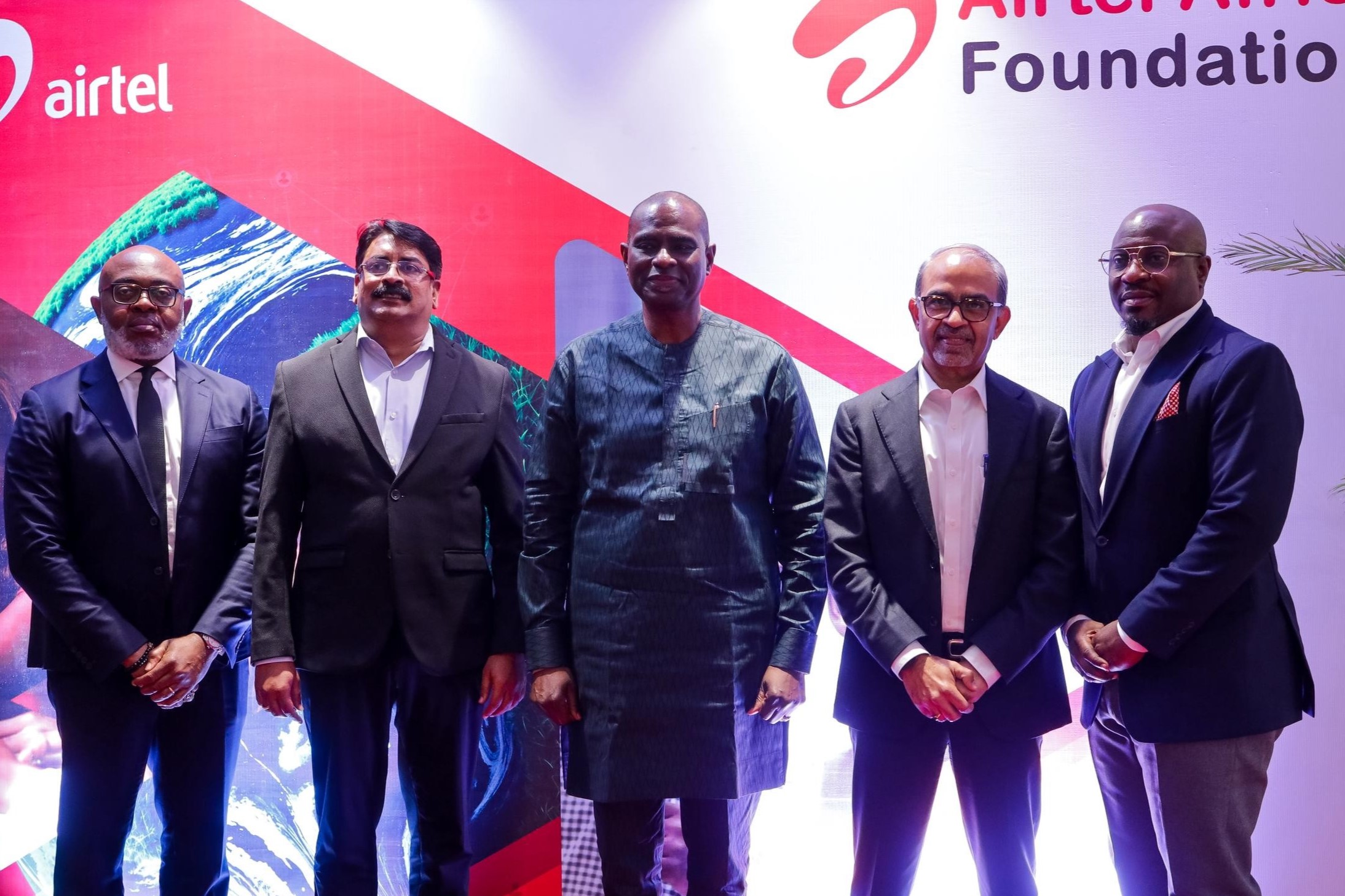
By Modupe Gbadeyanka
Entries for the Undergraduate Tech Scholarship in Nigeria by Airtel Africa Foundation have opened and applicants can register via candidate.scholastica.ng/schemes/airtelfellowship2025.
This programme forms part of the foundation’s F.E.E.D. agenda, which promotes Financial Empowerment, Education, Environmental Protection, and Digital Inclusion, with a focus on creating pathways for talented young people who face financial barriers.
The scheme, according to a statement from the not-for-profit organisation, provides full tuition, accommodation support, and essential study materials for 100-level students with strong academic potential.
Applications are open to students pursuing courses such as Information Technology, Computer Science, Software Engineering, Data Science, Cyber Security, Artificial Intelligence, and other ICT-related disciplines at participating universities: University of Lagos, University of Nigeria Nsukka, Ahmadu Bello University, University of Benin, Obafemi Awolowo University, University of Ilorin, and Tai Solarin University of Education.
Applicants must be enrolled in 100-level, have scored at least 230 in JAMB, and hold a minimum of five credits in WAEC, including English and Mathematics, in a single sitting.
Required documents include Joint Admissions and Matriculation Board (JAMB) results, university admission letter, West African Examination Council (WAEC) certificate, student identity card, and academic transcript or university results.
Qualified students across the listed institutions have been encouraged to apply and position themselves for a stronger start in the technology sector.
the chairman of Airtel Africa Foundation, Mr Segun Ogunsanya, said the scholarship demonstrates the organisation’s commitment to nurturing Africa’s next generation of digital leaders.
“Young Africans are brimming with talent and ambition. What many need is a fair chance to pursue their education without financial pressure.
“This scholarship reflects our belief that investing in their growth will strengthen communities, empower families, and expand the continent’s digital future,” the former chief executive of Airtel Africa Plc, noted.
On his part, the chief executive of Airtel Nigeria, Mr Dinesh Balsingh, said, “Education is one of the most powerful tools for national development.
“As an organisation, Airtel is determined to build a platform for aspiring young Nigerians to learn, innovate and lead in the country’s expanding technology landscape.”
Education
Summit University Gets Approval to Operate Campus FM Radio Station
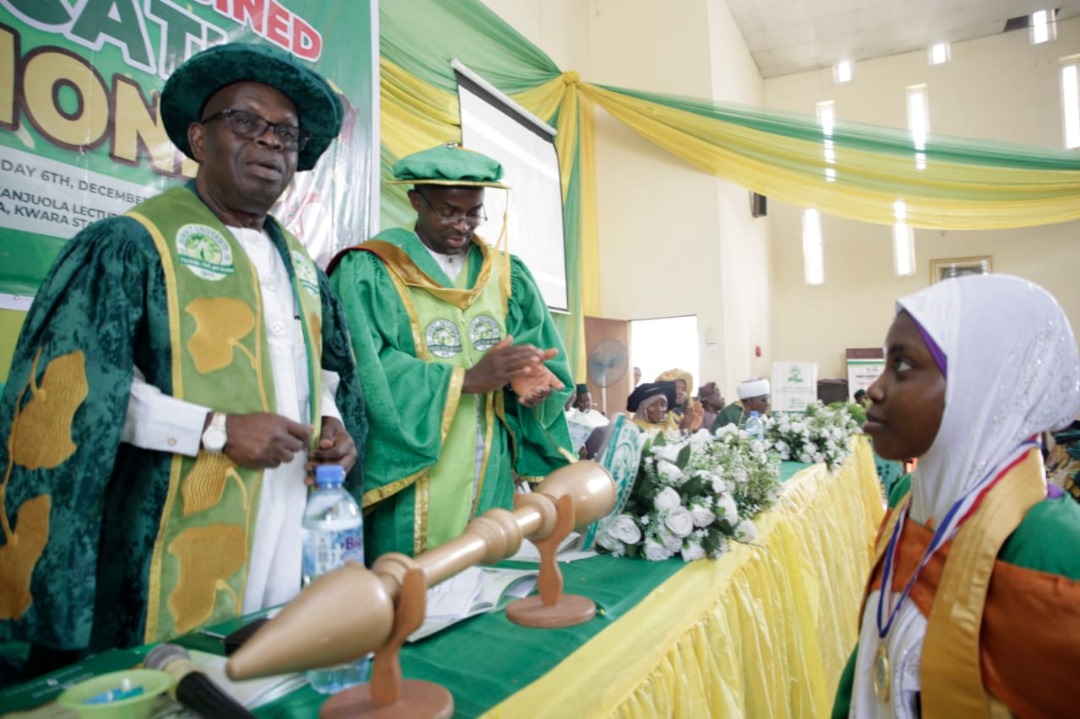
By Aduragbemi Omiyale
Approval has been given to Summit University, Offa, Kwara, to operate a Campus FM Radio State, the chancellor of the higher institution of learning, Mr Sulaiman Adebola Adegunwa, said.
Speaking at the combined 5th and 6th convocation ceremony of the school at the Alhaja Adiat Abegbe Makanjuola Lecture Theatre, Mr Adegunwa, who doubles as the chairman of Rite Foods Limited, disclosed that the “notification was received a few days ago.”
“This development will help us reach our community more effectively and position the university as a champion of the knowledge economy.
“It will empower us to combat knowledge, poverty and the rising challenge of misinformation in society,” he noted.
He also identified investment in quality education as a catalyst for sustainable socio-economic development, adding that the dedication and financial commitment of stakeholders have continued to strengthen the university’s foundation and growth trajectory.
He appealed to well-meaning individuals to support the institution in its drive for sustainable development.
“This event marks a key milestone for our university. It honours our graduates and celebrates our shared success. An investment in knowledge pays the best dividend. The journey we have embarked upon with Summit University stands as one of the most rewarding investments.
“Our dividend from this investment is not only for today; it is also for posterity. Let us join hands to lift Summit University high, open doors to quality education, and change the world for the better,” he said.
Reflecting on the institution’s progress, the chancellor noted that the school has experienced remarkable growth since he assumed office as the pioneer chancellor in December 2023.
“Since the last convocation, undergraduate programmes have increased from eight to 16. Additionally, six academic programmes recently underwent reaccreditation, and full accreditation was secured from the National Universities Commission (NUC).
“I commend the university management, governing council, and board of trustees. The growth we see today is a testament to your hard work and strategic planning. Your commitment has strengthened the foundation of this university,” he said.
Mr Adegunwa highlighted the significant infrastructural advancement that had taken place in the University since its last convocation ceremony in 2023, adding that foundation for four major building was laid and one was already completed and ready for use while two were nearing completion.
“At this point, I sincerely appreciate Mosun Belo-Olusoga and other donors whose support continues to strengthen this university. Your generosity is a catalyst for our progress. May Almighty Allah bless you abundantly,” he said, revealing that preparations were underway for the verification of the university’s resources for new programmes in the College of Law and the College of Health Sciences.
“All documentation and agreements have been concluded, and we are hopeful that by the next convocation, both colleges will be fully operational,” he disclosed.
At the convocation ceremony, the school conferred honorary doctorate degrees (Honoris Causa) on Aderemi Muyideen Makanjuola and Lateefat Olufunke Gbajabiamila, as well as a posthumous honorary doctorate degree in Business Administration on the late Tiamiyu Adebisi Olatinwo, among other awardees.
In his remarks, the Vice Chancellor and Chief Academic Officer, Prof. Abiodun Musa Aibinu expressed appreciation to the Chancellor for donating the ongoing Senate Building project, which he said is now 30 per cent completed, noting that upon completion, the structure would significantly enhance the university’s infrastructure.
He announced that a total of 319 students graduated: 26 with first-class honours, 164 with second-class upper division, 108 with second-class lower division, 25 with third-class, and one with a pass.
-
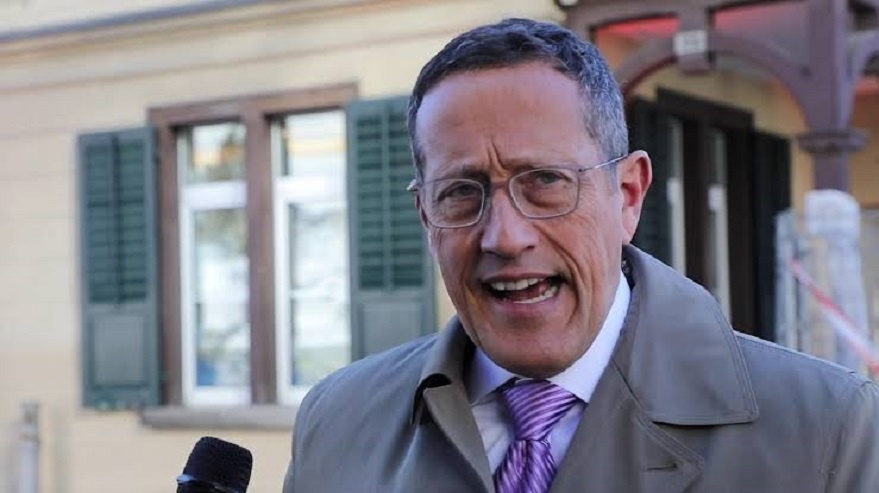
 Feature/OPED6 years ago
Feature/OPED6 years agoDavos was Different this year
-
Travel/Tourism9 years ago
Lagos Seals Western Lodge Hotel In Ikorodu
-

 Showbiz3 years ago
Showbiz3 years agoEstranged Lover Releases Videos of Empress Njamah Bathing
-
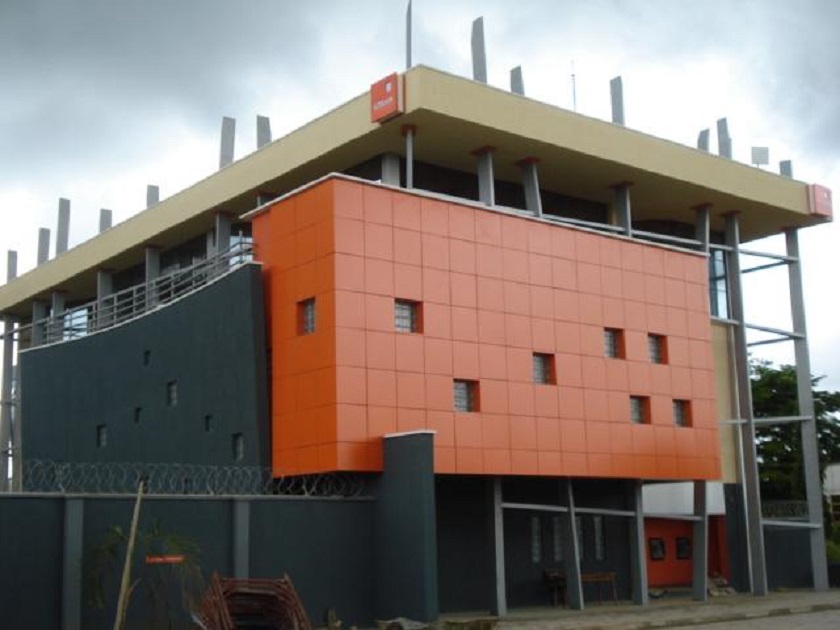
 Banking7 years ago
Banking7 years agoSort Codes of GTBank Branches in Nigeria
-

 Economy3 years ago
Economy3 years agoSubsidy Removal: CNG at N130 Per Litre Cheaper Than Petrol—IPMAN
-
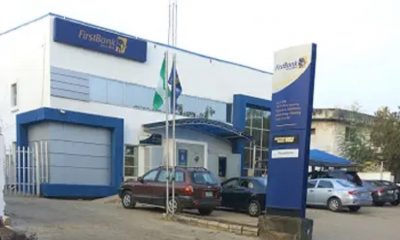
 Banking3 years ago
Banking3 years agoFirst Bank Announces Planned Downtime
-
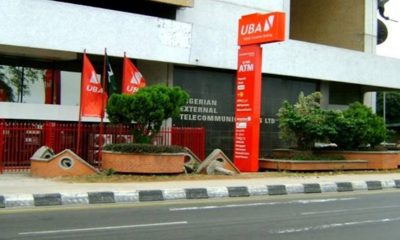
 Banking3 years ago
Banking3 years agoSort Codes of UBA Branches in Nigeria
-

 Sports3 years ago
Sports3 years agoHighest Paid Nigerian Footballer – How Much Do Nigerian Footballers Earn






